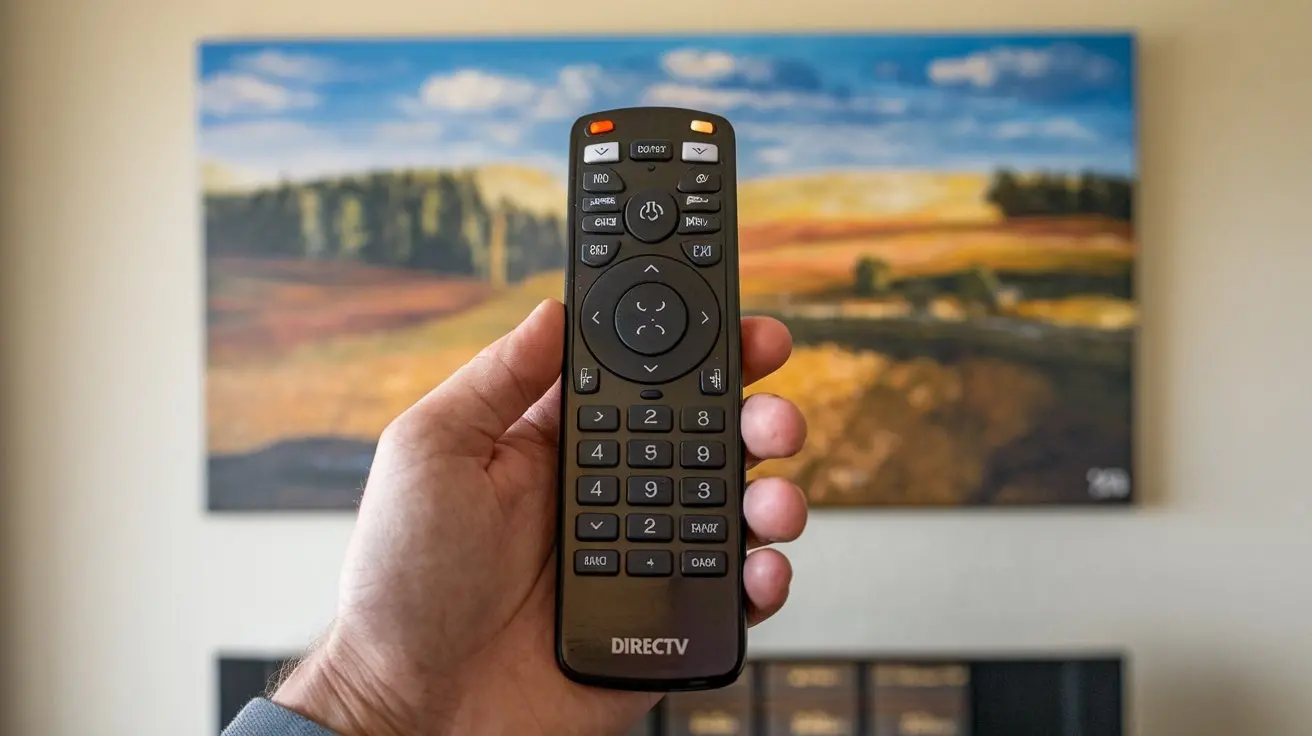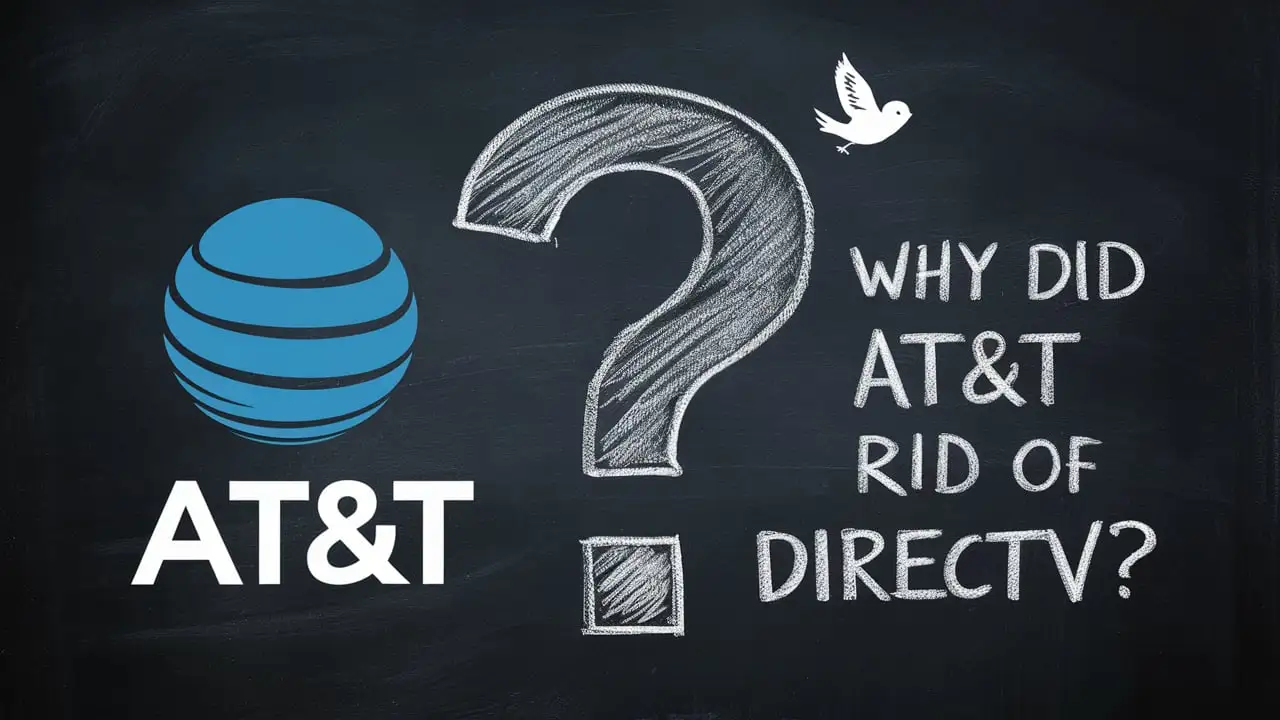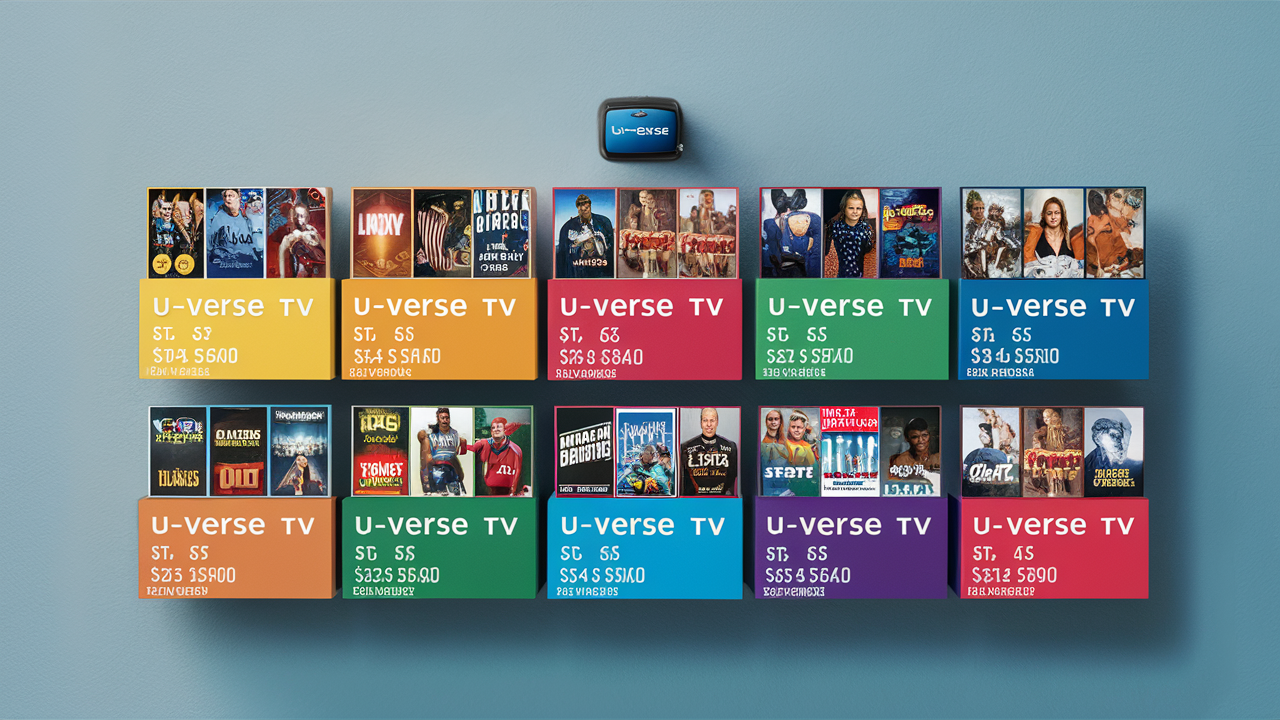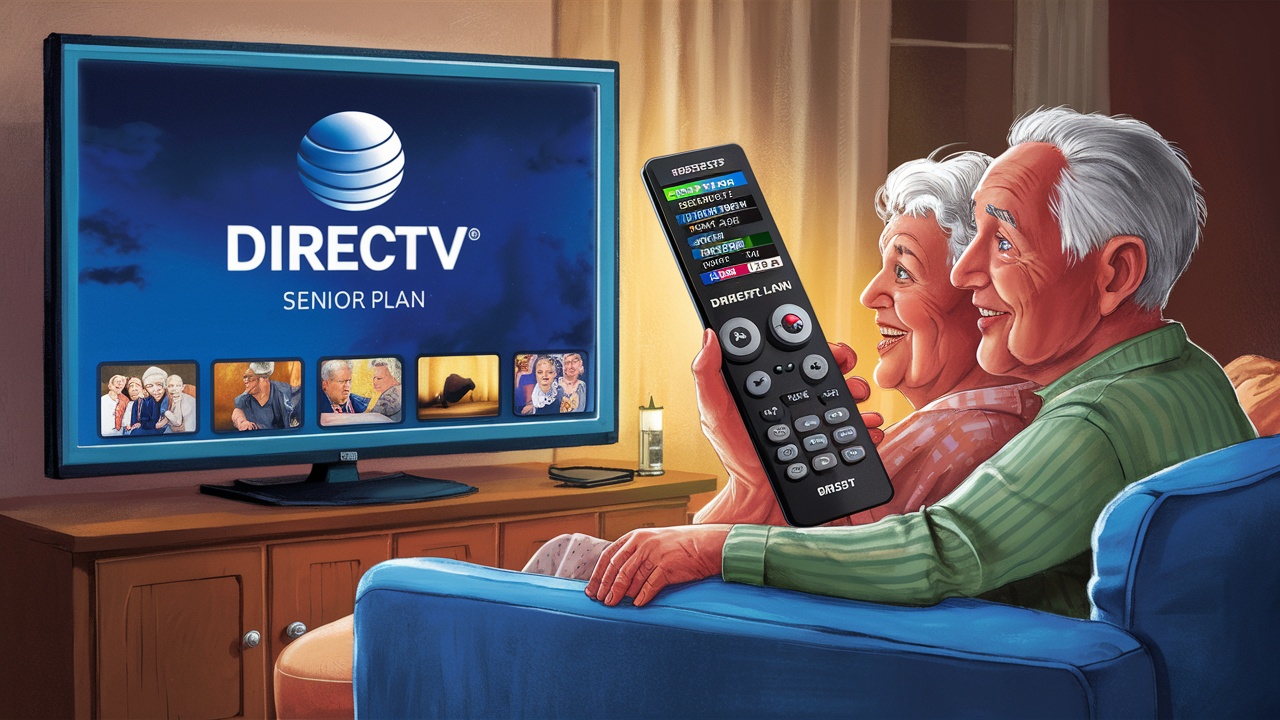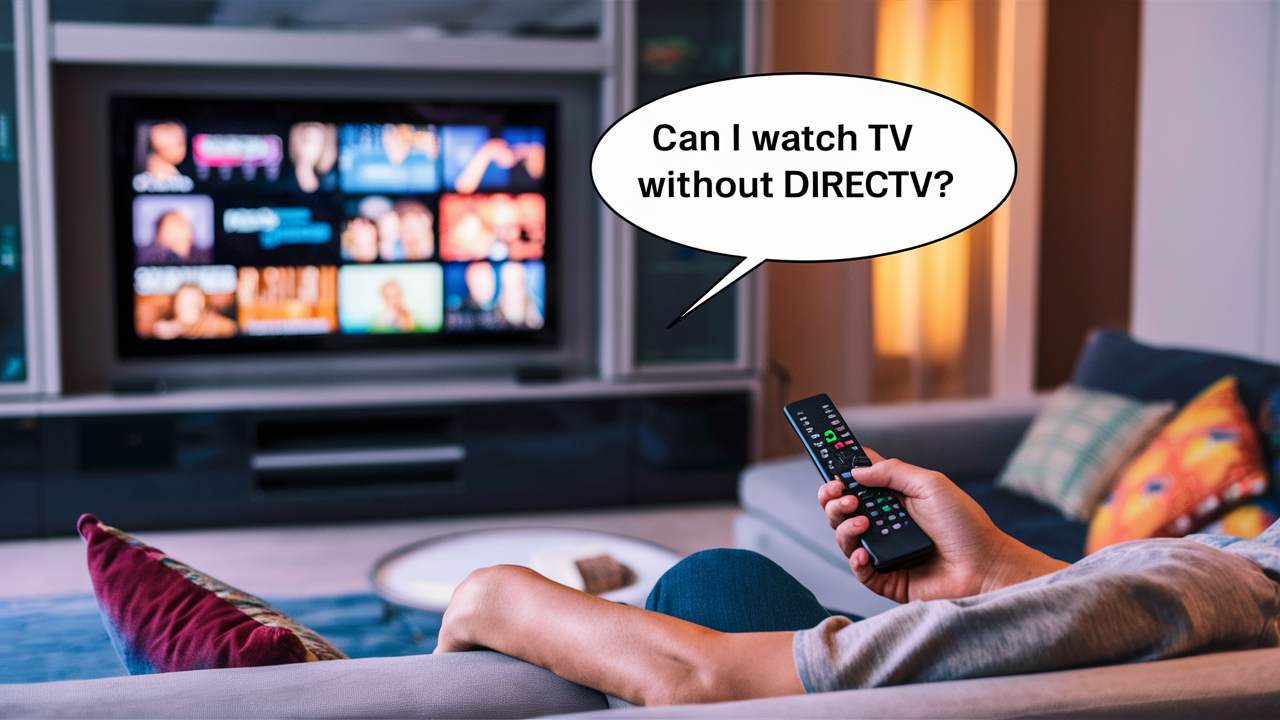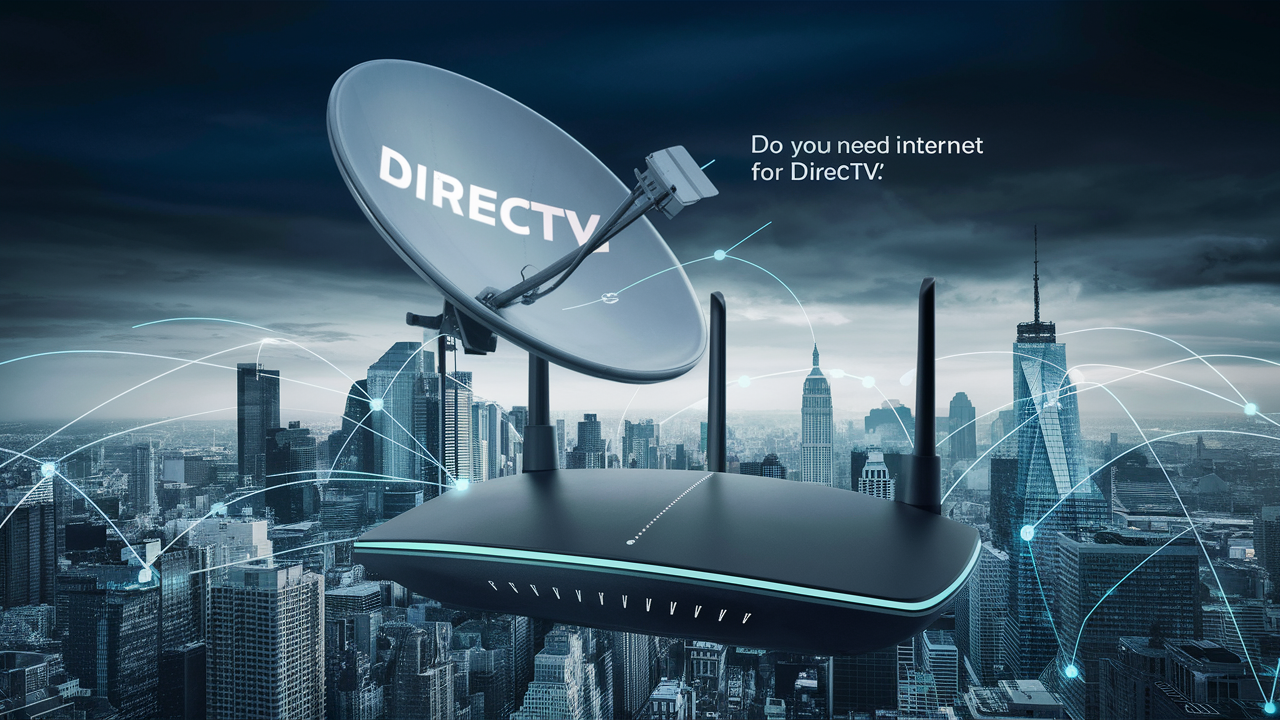Is DIRECTV going away?
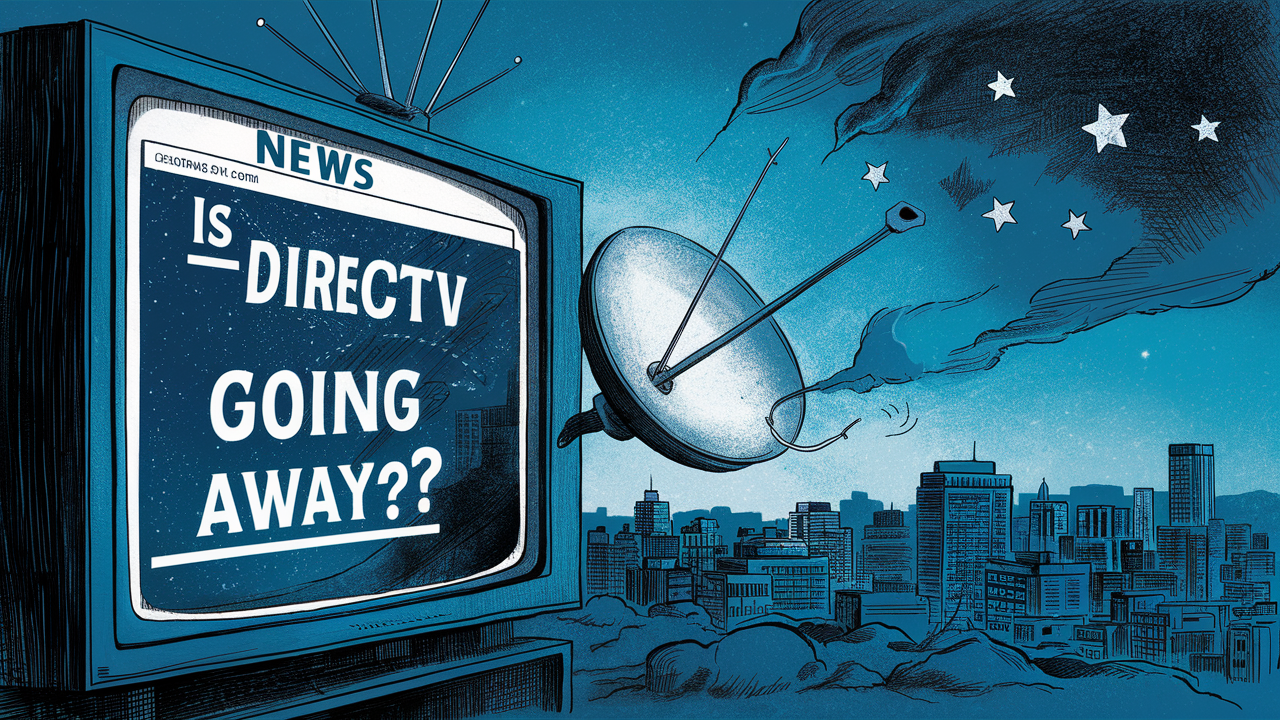
Is DIRECTV going away? This article dives deep into the current status and future prospects of DIRECTV in 2025. We analyze market trends, technological shifts, and DIRECTV's strategic moves to determine its longevity and potential evolution. Discover what the future holds for this satellite and streaming giant.
The Shifting Landscape of Television: An Introduction to DIRECTV's Current Position
The television industry has undergone a seismic transformation over the past decade. Gone are the days when cable and satellite were the undisputed kings of home entertainment. The rise of streaming services like Netflix, Hulu, Disney+, and Amazon Prime Video has fundamentally altered consumer habits and expectations. Cord-cutting, the act of cancelling traditional pay-TV subscriptions in favor of streaming alternatives, has become a dominant trend. In this dynamic and often volatile market, questions naturally arise about the future of established players. One such prominent name is DIRECTV. For decades, DIRECTV has been a household name, synonymous with satellite television, offering a vast array of channels and premium content. However, with the relentless march of technology and the ever-increasing popularity of on-demand streaming, many consumers and industry watchers are asking: Is DIRECTV going away? This article aims to provide a comprehensive and up-to-date analysis of DIRECTV's current standing, its strategic responses to market shifts, and its projected trajectory through 2025 and beyond. We will delve into the company's offerings, explore the competitive landscape, examine recent developments, and ultimately offer a nuanced perspective on whether DIRECTV is on the verge of disappearing or adapting to survive and thrive in the new media era. As of early 2025, DIRECTV remains a significant player, but its journey is undeniably one of adaptation and strategic evolution rather than static dominance. The company is actively working to integrate its traditional satellite services with newer, more flexible streaming options, acknowledging that a one-size-fits-all approach is no longer viable. Recent reports from industry analysts indicate that while subscriber numbers for traditional satellite TV have seen a decline, DIRECTV's strategic pivot towards a hybrid model, encompassing both satellite and over-the-top (OTT) streaming, is showing promising signs of stabilization and, in some segments, growth. For instance, DIRECTV's "DIRECTV Stream" offering, which provides live TV channels over the internet without requiring a satellite dish, has gained traction among consumers who want the live TV experience without the hardware commitment. This flexibility is crucial in a market where consumers are increasingly demanding choice and control over their entertainment consumption. The company's investment in technology, including advanced DVR capabilities and a user-friendly interface across its platforms, is a testament to its commitment to staying relevant. Furthermore, DIRECTV's continued carriage of major sports leagues and its partnerships with content providers remain strong selling points. The question of "Is DIRECTV going away?" is not a simple yes or no; it's about understanding the transformation of a legacy provider in the face of disruptive innovation.
Understanding DIRECTV's Core Offerings and Business Model
To understand DIRECTV's future, it's essential to grasp its foundational business model and the services it provides. Historically, DIRECTV built its empire on satellite television delivery. This involved installing a satellite dish at a customer's home to receive television signals broadcast from orbiting satellites. This model offered several advantages:
Satellite TV: The Traditional Backbone
DIRECTV's satellite service provided access to a wide range of channels, including local broadcast networks, national cable channels, and premium movie and sports packages. Its key selling points were:
- Extensive Channel Selection: Offering more channels than many cable providers, especially in its higher-tier packages.
- HD Quality: Pioneering high-definition broadcasting in the satellite industry.
- Sports Coverage: Exclusive access to popular sports packages like the NFL Sunday Ticket (though this has since moved to YouTube TV).
- National Reach: Ability to serve customers in virtually any location with a clear view of the southern sky, overcoming limitations of cable infrastructure.
The business model revolved around long-term contracts, monthly subscription fees, equipment leases (receivers, satellite dishes), and installation charges. This generated a predictable revenue stream, but it also meant customers were tied to a specific location and hardware.
DIRECTV Stream: The Internet-Based Evolution
Recognizing the shift towards internet-based delivery, DIRECTV launched DIRECTV Stream (formerly AT&T TV). This service represents DIRECTV's significant move into the over-the-top (OTT) streaming market. It offers live TV channels, on-demand content, and DVR functionality, all delivered via a broadband internet connection. Key features of DIRECTV Stream include:
- No Satellite Dish Required: Accessible to anyone with a reliable internet connection.
- Flexibility: Available on various devices, including smart TVs, streaming sticks, and mobile devices.
- Tiered Packages: Similar to satellite, offering different channel lineups at various price points.
- Cloud DVR: Allows users to record and watch programs at their convenience.
This dual-pronged approach – maintaining its legacy satellite business while aggressively pushing its streaming service – is central to DIRECTV's strategy to answer the question "Is DIRECTV going away?" by demonstrating its adaptability. The company is essentially offering two distinct pathways to access its content, catering to different consumer preferences and technological environments. This diversification is crucial for survival in an era where consumers are increasingly empowered to choose how and where they consume their entertainment.
DIRECTV in 2025: Market Trends, Challenges, and Opportunities
As of 2025, the television landscape is more fragmented and competitive than ever. DIRECTV, like all traditional pay-TV providers, faces a confluence of challenges and opportunities that will shape its future. Understanding these dynamics is key to assessing its longevity.
Dominant Market Trends Impacting DIRECTV
Several overarching trends are profoundly influencing DIRECTV's operations and strategy:
- Continued Cord-Cutting: The migration from traditional cable and satellite to streaming services persists. In 2024, estimates suggest that over 60 million US households have cut the cord. This trend is projected to continue, albeit at a potentially slower pace, as streaming costs rise and bundles become more complex. DIRECTV's satellite subscriber base, while still substantial, is inevitably shrinking due to this phenomenon.
- Rise of Streaming Bundles and "Super Aggregators": While individual streaming services are popular, consumers are increasingly seeking consolidated viewing experiences. Companies like Amazon, Apple, and even some traditional media players are experimenting with bundling multiple streaming services or offering curated content hubs. This creates direct competition for DIRECTV's bundled channel offerings.
- Content is King, but Distribution is Key: The demand for premium content, especially live sports and original series, remains high. However, how this content is delivered is paramount. DIRECTV's historical strength in sports, particularly with packages like the now-departed NFL Sunday Ticket, highlights its ability to secure desirable content. The challenge now is to deliver this content through modern, flexible platforms.
- Technological Advancements: 5G deployment, increased broadband speeds, and the proliferation of smart devices are enabling richer, more interactive viewing experiences. DIRECTV must continuously invest in its technology infrastructure, both for satellite signal reliability and for its streaming platform's performance and features.
- Price Sensitivity: As more entertainment options become available, consumers are increasingly price-conscious. The cumulative cost of multiple streaming subscriptions can rival or exceed traditional pay-TV bills, leading some to reconsider their options. This presents an opportunity for providers like DIRECTV to offer competitive pricing and value propositions.
Key Challenges Facing DIRECTV
DIRECTV grapples with several significant hurdles:
- Legacy Infrastructure Costs: Maintaining a vast satellite network and customer service infrastructure is expensive. This can make it difficult to compete on price with leaner, internet-native streaming services.
- Brand Perception: DIRECTV is still largely perceived as a traditional satellite provider. Shifting this perception to that of a modern, flexible entertainment company, particularly for younger demographics, is a considerable marketing challenge.
- Content Rights and Carriage Fees: The cost of acquiring and retaining rights to popular channels and programming continues to rise. Negotiating carriage agreements with broadcasters and cable networks is a constant battle, often leading to temporary channel blackouts that frustrate subscribers.
- Competition from Tech Giants: Companies like Google (YouTube TV), Amazon, and Apple are investing heavily in live TV streaming and content, leveraging their existing technology ecosystems and vast customer bases.
Opportunities for DIRECTV
Despite the challenges, DIRECTV possesses significant opportunities:
- Hybrid Model Potential: The combination of satellite and streaming (DIRECTV Stream) allows DIRECTV to cater to diverse customer needs. For areas with poor internet, satellite remains the best option. For those seeking flexibility, Stream is ideal. This hybrid approach can retain customers who might otherwise leave entirely.
- Targeting Specific Demographics: DIRECTV can leverage its existing customer base, which often includes older demographics and those in rural areas less served by high-speed internet, while also attracting new customers with its streaming offerings.
- Content Partnerships: While losing the NFL Sunday Ticket was a blow, DIRECTV can still forge new partnerships for exclusive content or leverage its scale to negotiate favorable content deals.
- Bundling and Value: DIRECTV can create attractive bundles that combine its streaming service with other digital services or offer competitive pricing against the rising costs of multiple individual streaming subscriptions.
In essence, DIRECTV's future hinges on its ability to navigate these trends, mitigate its challenges, and capitalize on its opportunities. The question "Is DIRECTV going away?" is less about its existence and more about its form and market position in the coming years. The company's strategic focus in 2025 is clearly on strengthening its DIRECTV Stream offering while maintaining the satellite service as a viable option for a significant segment of the market.
Navigating Your DIRECTV Service: A User's Guide
For current and potential DIRECTV customers, understanding how to best utilize their service is crucial, especially as the company evolves. Whether you're on the traditional satellite platform or embracing DIRECTV Stream, here's a guide to maximizing your experience in 2025.
Choosing the Right DIRECTV Package
DIRECTV offers various packages tailored to different viewing needs and budgets. The first step is to assess your viewing habits:
- Entertainment Packages: These typically include a broad range of popular cable channels, news, and general entertainment. Ideal for families and casual viewers.
- Choice Packages: These build upon entertainment packages by adding more sports, movie, and lifestyle channels. Good for those who want more variety.
- Ultimate Packages: Offer an extensive selection of channels, including premium movie channels and more niche sports networks.
- Premier Packages: The most comprehensive option, including all the above plus premium channels like HBO, Cinemax, Showtime, and more.
- DIRECTV Stream Options: DIRECTV Stream also offers similar tiered packages, but delivered via the internet. These are often more flexible with fewer long-term commitments.
When choosing, consider which channels you watch most frequently. Don't pay for channels you'll never tune into. Many packages include local channels, but verify this based on your location.
Understanding Your Equipment
For satellite customers, the equipment typically includes a satellite dish and a receiver/DVR (like the Genie system). For DIRECTV Stream users, it's usually a streaming device provided by DIRECTV or compatible third-party devices.
- Satellite Receivers (e.g., Genie): These are the hubs for your satellite TV experience. They allow you to watch different channels on multiple TVs (with additional access cards or mini-clients), record programs, and access on-demand content. Ensure your receiver software is up-to-date for optimal performance.
- DIRECTV Stream Devices: If you opt for DIRECTV Stream, the company provides a dedicated streaming box that integrates seamlessly with the service. This device offers voice control and a user-friendly interface.
- Troubleshooting: Familiarize yourself with common troubleshooting steps for signal loss (satellite) or buffering issues (Stream). DIRECTV's website and customer support are valuable resources.
Leveraging On-Demand and DVR Features
Both DIRECTV satellite and DIRECTV Stream offer robust on-demand libraries and DVR capabilities. These features are essential for modern viewing habits:
- Recording Programs: Use the DVR to record your favorite shows, sports, and movies. You can often record entire series with a single command.
- Cloud DVR (DIRECTV Stream): DIRECTV Stream utilizes cloud-based DVR storage, meaning your recordings are stored remotely and accessible from any device.
- On-Demand Library: Access thousands of movies and TV episodes available to stream instantly, often included with your subscription.
- Watch On-the-Go: Through the DIRECTV app, you can stream live TV and access on-demand content from your mobile devices, even when away from home.
Customer Support and Account Management
Managing your account effectively can save you time and money. DIRECTV offers several support channels:
- Online Account Portal: Pay bills, change packages, check equipment status, and troubleshoot issues online.
- Mobile App: The DIRECTV app provides access to your account, programming guides, and streaming capabilities.
- Customer Service Phone Lines: For more complex issues or personalized assistance, customer service representatives are available.
By understanding and utilizing these features, users can ensure they are getting the most value from their DIRECTV subscription, regardless of whether they are using the traditional satellite service or the newer DIRECTV Stream platform. This user-centric approach is vital for DIRECTV's ongoing customer retention efforts.
DIRECTV vs. The Competition: A 2025 Comparison
In the fiercely competitive television market of 2025, DIRECTV faces a diverse range of competitors, each with its own strengths and weaknesses. Understanding how DIRECTV stacks up against these rivals is crucial for assessing its market position and answering the question "Is DIRECTV going away?" We'll compare DIRECTV (both satellite and Stream) against key players in the traditional pay-TV and live TV streaming segments.
| Feature | DIRECTV (Satellite & Stream) | YouTube TV | Hulu + Live TV | Sling TV |
|---|---|---|---|---|
| Core Offering | Satellite TV and Internet-based Live TV Streaming (DIRECTV Stream) | Internet-based Live TV Streaming | Internet-based Live TV Streaming (Bundled with On-Demand) | Internet-based Live TV Streaming (Modular) |
| Channel Selection | Extensive, especially satellite. Stream offers comparable packages. | Comprehensive, strong on local networks and popular cable channels. | Good mix of cable channels, strong on entertainment and sports. Includes Hulu's VOD library. | Customizable via "Sling Orange" (esp. Disney/ESPN) & "Sling Blue" (esp. News/Sports). Base packages are smaller. |
| Pricing (Approx. 2025) | Satellite: $60-$120+ /mo. Stream: $70-$160+ /mo. (Varies widely by package and promotions) | ~$75-$85 /mo. | ~$75-$85 /mo. (Includes Hulu VOD) | $40-$55 /mo. for base packages, add-ons extra. |
| Contract Requirements | Satellite: Typically 2-year contracts. Stream: Often no long-term contracts required. | No long-term contracts. | No long-term contracts. | No long-term contracts. |
| DVR Capabilities | Satellite: Advanced Genie DVR. Stream: Cloud DVR (limits vary). | Unlimited Cloud DVR. | Unlimited Cloud DVR. | Limited Cloud DVR (200 hrs standard), add-ons available. |
| Internet Dependency | Satellite: Independent of home internet. Stream: Requires reliable broadband. | Requires reliable broadband. | Requires reliable broadband. | Requires reliable broadband. |
| Target Audience | Rural customers, those preferring satellite, and tech-savvy users seeking flexibility (Stream). | Users wanting a comprehensive live TV experience with a strong Google ecosystem integration. | Users who want live TV bundled with a robust on-demand library (Hulu VOD). | Budget-conscious users who want to customize their channel lineup. |
| Key Differentiator | Hybrid model (satellite + streaming), extensive channel options in higher tiers. | Unlimited DVR, strong local channel access, YouTube integration. | Bundled Hulu on-demand content, strong live TV offering. | Affordability and modularity. |
Analysis:
DIRECTV's primary competitive advantage remains its hybrid model. The satellite service provides a crucial lifeline for customers in areas with inadequate internet infrastructure, a segment largely underserved by pure streaming competitors. DIRECTV Stream competes directly with YouTube TV and Hulu + Live TV, offering a comparable, albeit often slightly more expensive, channel lineup. Its challenge lies in convincing users to switch from these more established streaming platforms, which often boast superior user interfaces or more compelling bundle integrations (like Hulu's on-demand library).
Sling TV occupies a different niche, targeting budget-conscious consumers. While DIRECTV offers more channels out-of-the-box, Sling's modular approach allows users to build a package that fits their specific needs and budget, often at a lower overall cost.
The ongoing shift from satellite to internet delivery means DIRECTV's success is increasingly tied to the performance and appeal of DIRECTV Stream. While DIRECTV isn't "going away" in the immediate future, its long-term viability depends on its ability to gain market share in the competitive live TV streaming space and retain its satellite subscribers by offering a compelling value proposition.
Best Practices for Maximizing Your DIRECTV Experience
To ensure you're getting the most value and satisfaction from your DIRECTV service, whether it's satellite or Stream, adopting a few best practices can make a significant difference. These tips focus on optimizing your subscription, managing costs, and enhancing your viewing experience.
- Regularly Review Your Package: Your viewing habits might change over time. Take 10-15 minutes every six months to review your current DIRECTV package. Are you still watching all those channels? Could you downgrade to a less expensive tier and save money? Conversely, if you're missing certain channels, explore upgrade options. DIRECTV's online portal or customer service can help with this assessment.
- Take Advantage of Promotions: DIRECTV frequently offers promotional pricing, discounts on equipment, or bundled deals. Keep an eye on their official communications and website. Be aware of the terms and conditions, especially the duration of the promotion and the price after it expires. Negotiating with customer service representatives can sometimes unlock additional savings.
- Optimize Your Internet for DIRECTV Stream: If you're using DIRECTV Stream, a stable and fast internet connection is paramount. Ensure your Wi-Fi router is up-to-date and strategically placed. Consider a wired Ethernet connection for your primary viewing device if possible. Regularly test your internet speed to ensure it meets DIRECTV's recommended requirements for smooth streaming.
- Utilize the DVR Effectively: Don't let your recording capacity go to waste. Schedule recordings for shows you anticipate watching. For DIRECTV Stream's cloud DVR, understand the storage limits and manage your recordings by deleting them once watched. This ensures you have space for new recordings.
- Explore the DIRECTV App: The DIRECTV app is more than just a remote control. It allows you to manage your account, browse the TV guide, set recordings remotely, and even stream live channels and on-demand content on your mobile devices. Make sure you're logged in and familiar with its features.
- Understand Equipment Leasing vs. Purchase: For satellite customers, equipment is typically leased. Understand the monthly fees associated with this. While purchasing equipment outright is rarely an option for satellite, for DIRECTV Stream, using your own compatible device might be more cost-effective in the long run than renting a proprietary box.
- Be Proactive with Customer Service: If you encounter technical issues, billing discrepancies, or service interruptions, don't hesitate to contact DIRECTV customer support. The sooner you address a problem, the less likely it is to escalate. Keep a record of your interactions, including dates, times, and representative names.
- Stay Informed About Content Changes: Channel lineups and content availability can change. DIRECTV will typically notify customers of significant changes. Stay aware of these updates, especially if you rely on specific channels for sports or programming.
By implementing these best practices, DIRECTV customers can enhance their overall experience, manage their expenses more effectively, and ensure they are fully leveraging the services provided. This proactive approach is vital for maintaining satisfaction in a rapidly evolving entertainment market.
Advanced Strategies for DIRECTV Users and Industry Observers
For those deeply invested in the DIRECTV ecosystem or closely monitoring the pay-TV industry, several advanced strategies and considerations come into play. These go beyond basic usage and delve into the strategic positioning and future outlook of the company.
